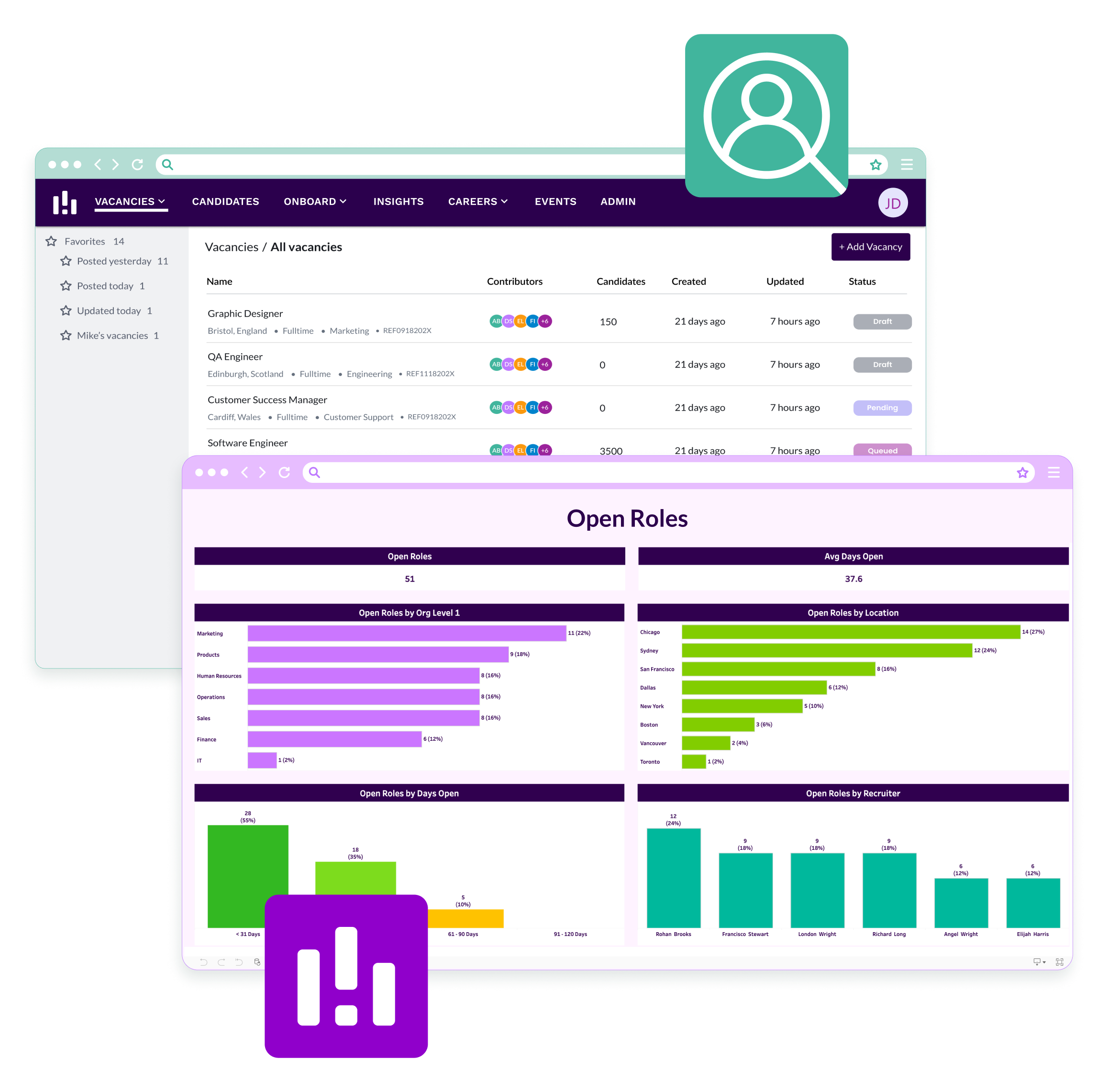Talent Acquisition ≠ Recruitment
In fact, we see it as fundamentally different.
At its core, talent acquisition (TA) is about creating business value — not simply filling open roles. While recruitment is reactive (“we have a vacancy — find someone”), talent acquisition is proactive: it aligns workforce planning, talent pipelines and strategic hiring with organisational goals.
The difference matters.
What Does Strategic Talent Acquisition Look Like?
Instead of just running vacancy-by-vacancy, a TA-led function:
anticipates future needs and builds talent supply chains
tracks metrics beyond cost-per-hire (quality of hire, retention, business impact)
connects hiring to the organisation’s competitive advantage
According to recent research from Deloitte, organisations with advanced people-analytics capabilities (covering TA, HRIS and workforce data) are much better positioned to influence business outcomes. For example, a Deloitte study found that high-maturity people-analytics organisations can significantly elevate TA value.
Another global 2024 TA trends study emphasises that “data and insights provided by the right talent acquisition tech helps leaders align hiring strategy with business goals and pivot more quickly.”
Why Many Organisations Are Still Operating as Recruitment Functions
Too often, TA teams:
focus on filling roles rather than shaping talent supply
operate disconnected from the rest of workforce data
lack integrated visibility of metrics and outcomes
For example, if your dashboard shows only number of hires, time-to-fill and cost-per-hire, you may be capturing recruitment metrics — not talent acquisition outcomes.
How to Shift Toward Strategic TA
Define the business value of hiring: What roles, skills and talent pools deliver competitive advantage?
Build the data infrastructure and analytics to report on efficiency, effectiveness and business impact. According to Deloitte, the TA analytics framework includes descriptive (volume, cost), relative (benchmarks), analytic (predictive) and impact-oriented metrics.
Leverage the right technology: A modern ATS + people-analytics platform can enable your TA team to operate strategically rather than administratively.
Embed connections with HR, workforce planning, performance and retention: value of hire is maximised when new talent integrates and delivers — so linking TA to downstream outcomes (retention, performance, internal mobility) is essential.
How HireRoad Delivers Value
With Recruit by HireRoad, your TA team has one system where job-requisitions, candidate workflows, dashboards and job-board postings live. This eliminates silos, speeds time-to-hire, and gives recruiters visibility into pipeline and source effectiveness.
With PeopleInsight by HireRoad layered on top, you connect TA data to broader HR/people analytics — giving leadership dashboards on quality of hire, retention trends, internal mobility, cost of vacancy and more.
Together, you shift from “we fill seats” to “we deliver strategic talent that drives business outcomes”.

Real-world Benefits
Reduced cost of vacancy because roles are forecast, pipelines nurtured, and time-to-fill improved.
Higher quality of hire: Because data captures source, time-to-hire, hire performance and retention, TA becomes more strategic.
Better alignment with business strategy: Talent supply becomes part of the business model, not just a HR cost.
Increased agility: With analytics and integrated ATS, you can anticipate skill gaps, reallocate internal talent or adjust hiring fast.
Final Thought
If your talent acquisition team is operating like a recruitment team, you’re leaving business value on the table. By combining a modern ATS like Recruit by HireRoad with a people-analytics layer via PeopleInsight, you can evolve TA into a strategic capability — one that drives competitive advantage through people.